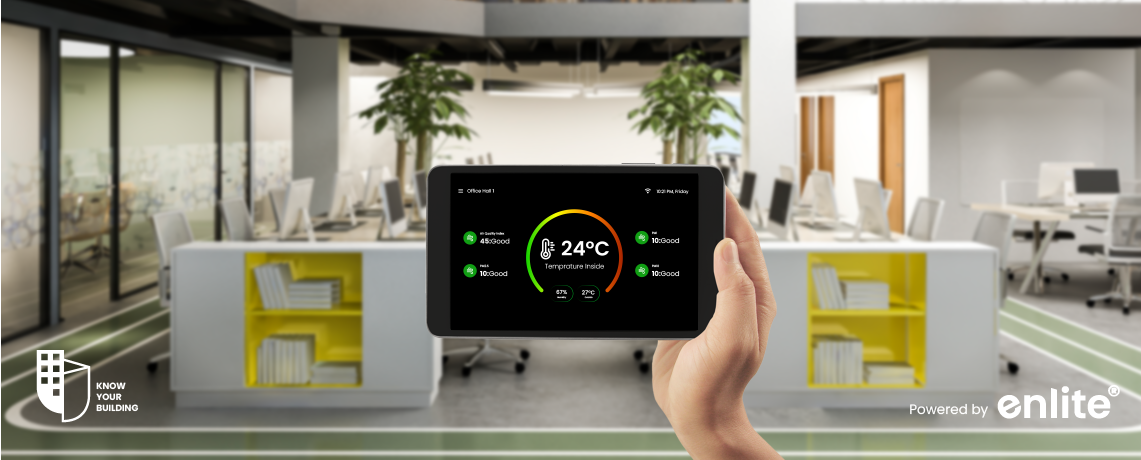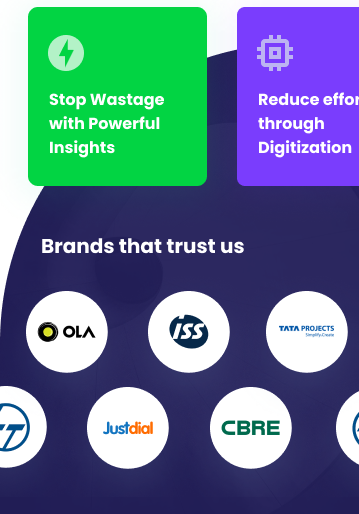The rise of technology and the shift towards sustainability have transformed how buildings are managed and operated. Traditional Building Management Systems (BMS) are now being replaced by cloud-native BMS, which offer unparalleled flexibility, scalability, and efficiency. These modern systems are becoming the backbone of smart buildings, enabling data-driven decision-making and remote management.
In this blog, we explore why cloud-native BMS is the future of building management systems and how it can redefine building operations.
What is a Cloud-Native BMS?
A cloud-native Building Management System (BMS) is designed to leverage cloud infrastructure to monitor and manage building operations such as HVAC, lighting, security, and energy usage. Unlike traditional BMS, which rely on on-premises servers, cloud-native BMS are hosted on remote servers, providing seamless integration and scalability.
Key Features of Cloud-Native BMS:
- Scalability: Easily adapts to buildings of any size or complexity.
- Remote Accessibility: Allows facility managers to monitor and control systems from anywhere.
- Real-Time Data Insights: Provides actionable data for better decision-making.
- Automatic Updates: Ensures systems are always running on the latest software versions.
- Cost-Efficiency: Reduces upfront costs and maintenance expenses.
- Integration Capabilities: Connects with IoT devices and sensors for enhanced automation.
Benefits of Cloud-Native BMS
Cloud-native BMS offers a wide range of advantages, making it a preferred choice for modern building operations. One of its primary benefits is improved energy efficiency, as it continuously monitors energy consumption patterns and provides recommendations for optimization. By identifying inefficiencies, businesses can reduce energy waste and lower utility bills.
Enhanced security is another critical feature. With advanced encryption protocols and multi-factor authentication, cloud-native BMS ensures data security while providing real-time alerts for unauthorized access. This protects sensitive information and prevents potential breaches.
Additionally, remote monitoring and control enable facility managers to access building operations via mobile apps or web dashboards. This flexibility allows real-time adjustments even when managers are off-site, improving operational efficiency.
Cloud-native BMS systems are highly scalable, making them ideal for organizations managing multiple buildings. With centralized operations, businesses can seamlessly monitor and control systems across all sites without the need for manual interventions. This not only reduces operational costs but also simplifies maintenance by eliminating the need for physical servers.














